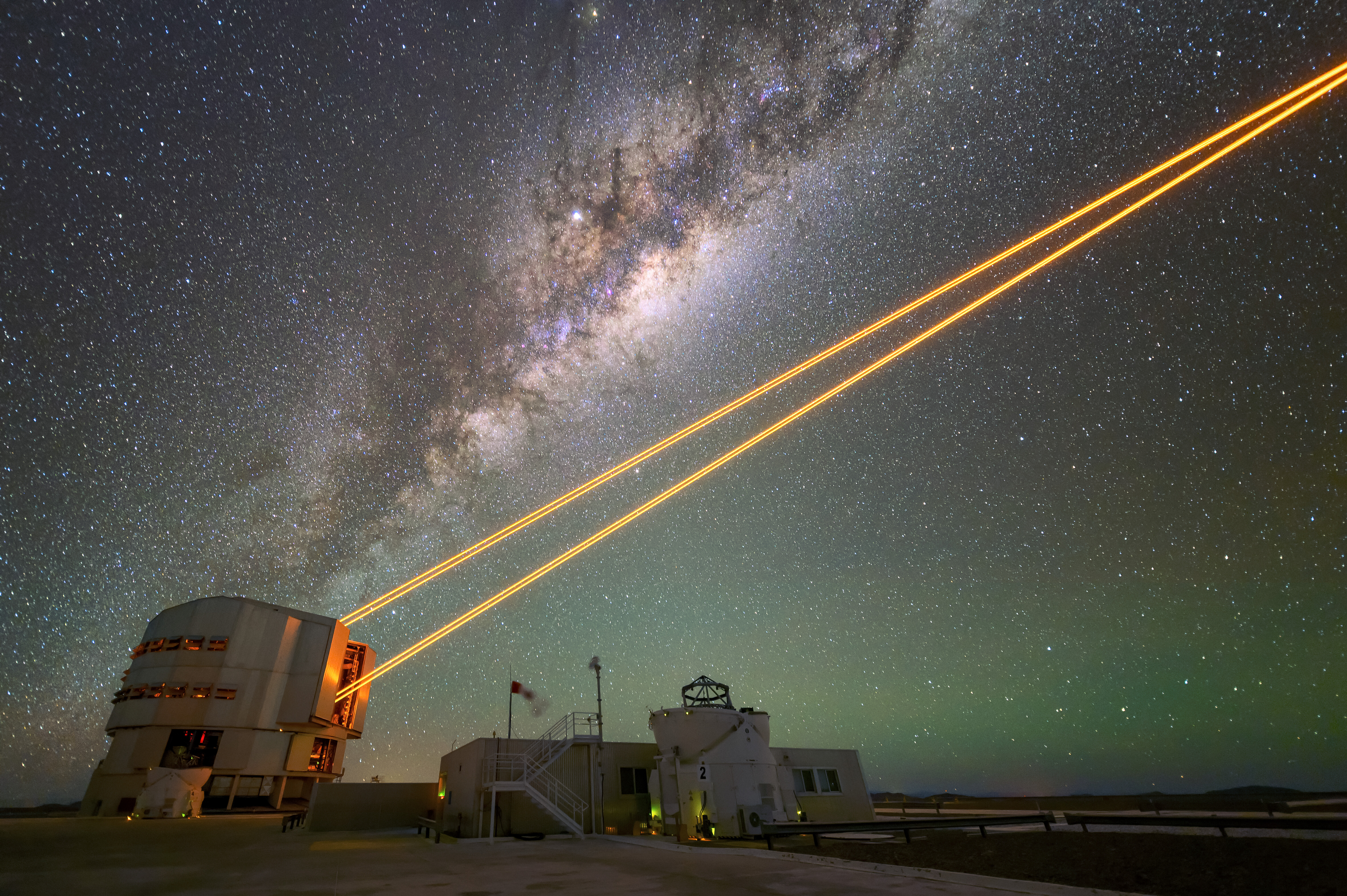Laser
 A laser is a device that emits light through a process of optical amplification based on the stimulated emission of electromagnetic radiation. The word ''laser'' originated as an acronym for light amplification by stimulated emission of radiation. The first laser was built in 1960 by Theodore Maiman at Hughes Research Laboratories, based on theoretical work by Charles H. Townes and Arthur Leonard Schawlow and the optical amplifier patented by Gordon Gould.
A laser is a device that emits light through a process of optical amplification based on the stimulated emission of electromagnetic radiation. The word ''laser'' originated as an acronym for light amplification by stimulated emission of radiation. The first laser was built in 1960 by Theodore Maiman at Hughes Research Laboratories, based on theoretical work by Charles H. Townes and Arthur Leonard Schawlow and the optical amplifier patented by Gordon Gould.A laser differs from other sources of light in that it emits light that is ''coherent''. Spatial coherence allows a laser to be focused to a tight spot, enabling uses such as optical communication, laser cutting, and lithography. It also allows a laser beam to stay narrow over great distances (collimation), used in laser pointers, lidar, and free-space optical communication. Lasers can also have high temporal coherence, which permits them to emit light with a very narrow frequency spectrum. Temporal coherence can also be used to produce ultrashort pulses of light with a broad spectrum but durations measured in attoseconds.
Lasers are used in fiber-optic and free-space optical communications, optical disc drives, laser printers, barcode scanners, semiconductor chip manufacturing (photolithography, etching), laser surgery and skin treatments, cutting and welding materials, military and law enforcement devices for marking targets and measuring range and speed, and in laser lighting displays for entertainment. The laser is regarded as one of the greatest inventions of the 20th century. Provided by Wikipedia
-
1